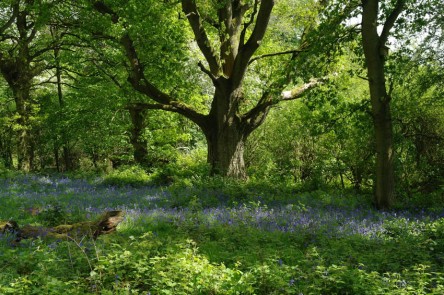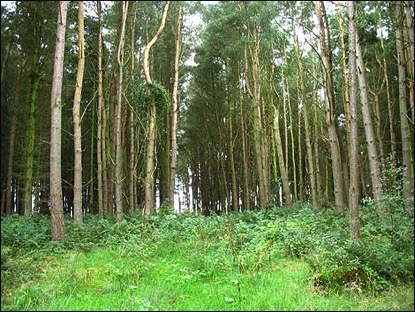The business environment is being shaped and turned upside down by three fundamental challenges:
- The need to rapidly adapt to political and economic change.
- Responding to increasing consumer demand and legislative requirement for greater sustainability and business transparency.
- The need for business and brands to engage and influence behaviours in employees and consumers.
Over the course of 2015 most companies have put the foundations in place to provide greater transparency in their business dealings and greater emphasis on sustainable business practices. Companies such as Marks & Spencer have a fairly comprehensive sustainability strategy whilst others have done little more than a bit of window dressing backed by copious amounts of PR spin.
As we start 2016 being seen to be “a good corporate citizen” will become an increasingly important consideration for companies. Companies hiding in tax havens, short-changing consumers with questionable service and business practices whilst evading or ignoring regulatory requirements will pay an increasingly heavy price with both regulators and customers. Whilst this is clearly a shift in the right direction very little of this has much positive impact on the local community that surrounds every business. Improved roads, high-speed rail links and international travel means that increasingly workers’ homes and family are considerable distances from where they work. Any interaction with the local environment is confined to staring at it out of the train, bus or car window. As a consequence companies and their employees feel little or no affinity with natural surroundings that are right on their workplace doorstep.
This matters because larger national and international businesses that have the resources to invest in protecting and improving the local environment have very little engagement with it. Consequently Corporate, Social, Responsibility programmes become driven by brand association and scale of PR opportunity and not necessarily by what would help the local communities that serve them or the local environment that sustains them. We are well aware that many local businesses, large and small national and international do a lot to support and enhance the local environment. That said in an era of cash strapped local councils there is a real danger that too great a proportion of businesses will stand aside and fail to notice or care about the loss of local forests, parks and amenities, taking no interest in the environmental concerns right on their doorstep, preferring instead to pursue more emotive “PR rich” and global opportunities. In this instance they should not be surprised when their businesses flood, high streets and local amenities decline and local infrastructure deteriorates, not just where you work but also where you live because businesses in the area you live in will be equally ambivalent about the park, woodland or high street down the road from your house.


